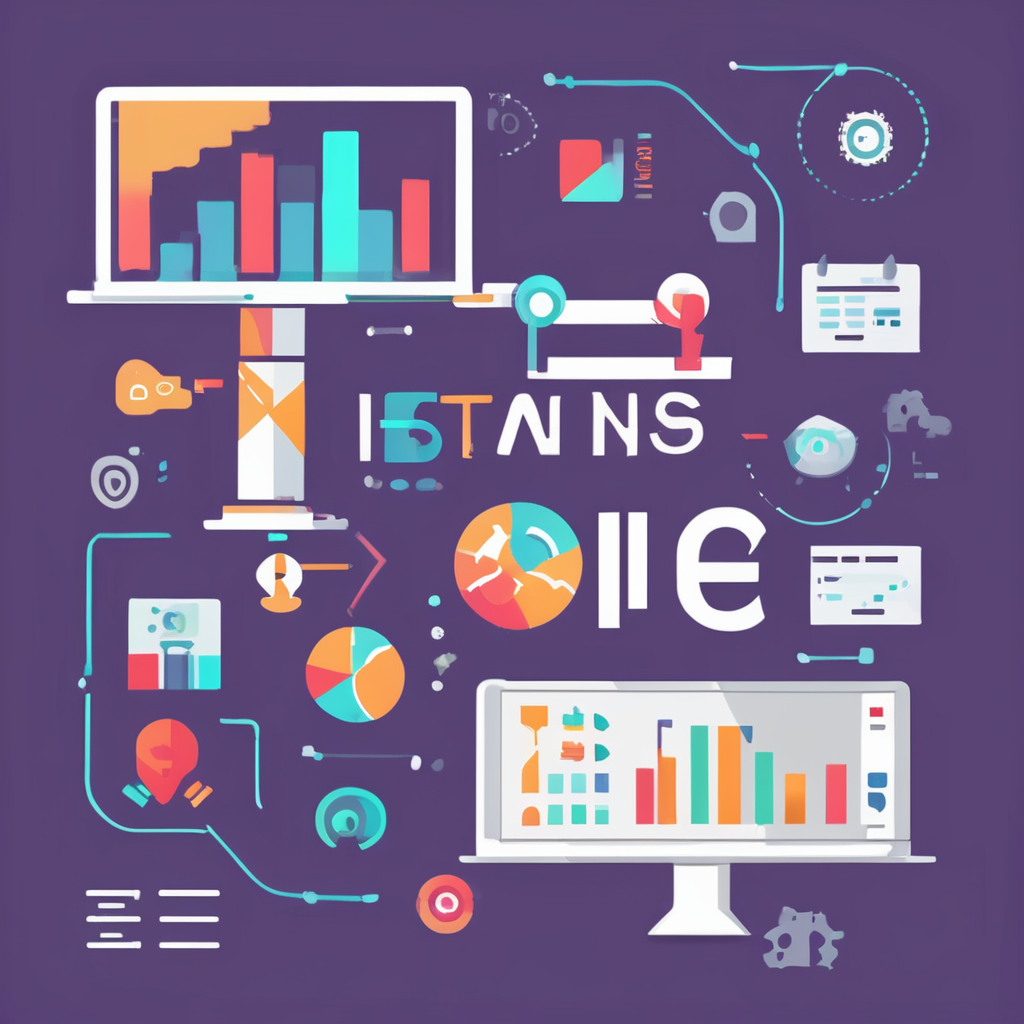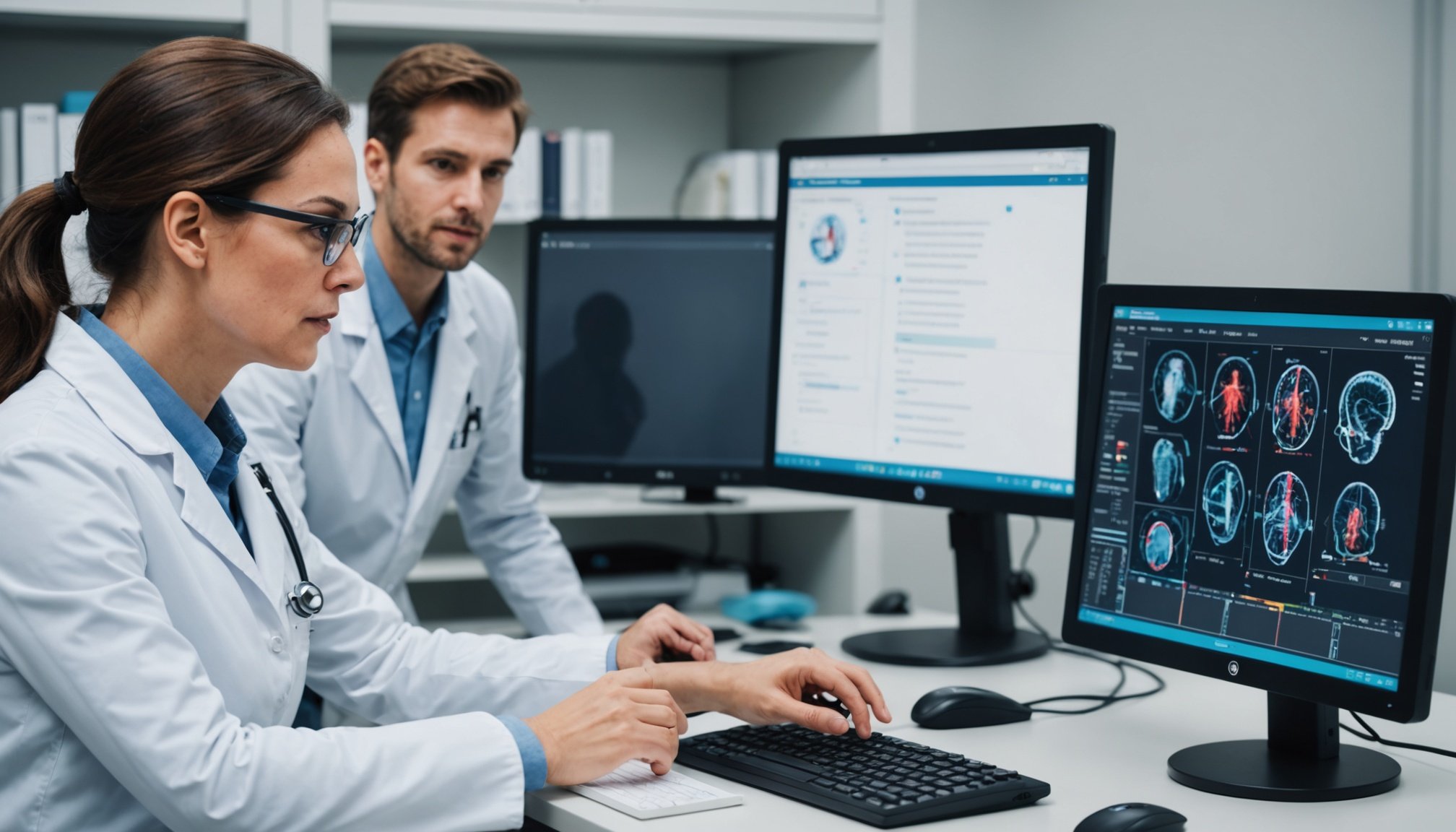Overview of Real-Time AI in Healthcare Diagnostics
The integration of AI in healthcare has revolutionised real-time diagnostics, enhancing efficiency and accuracy in clinical settings. Real-time diagnostics refers to the use of AI technologies to analyse patient data quickly and deliver instant, reliable diagnostic results. This innovation is crucial for improving patient outcomes, as early detection and treatment can significantly alter the course of diseases.
Currently, the landscape of AI adoption in healthcare is rapidly evolving, with many institutions implementing these technologies to enhance their diagnostic capabilities. By providing healthcare professionals with faster and more accurate insights, AI is transforming traditional practices and encouraging more patient-centred care. Trends such as increased computational power and advancements in machine learning algorithms are driving this integration forward, allowing for more sophisticated analysis of complex medical data.
Also read : Essential Strategies for Building a Robust and Secure Edge Computing Infrastructure”
Moreover, the demand for personalised medicine and precision healthcare is pushing the boundaries of what AI can achieve. As AI systems become more adept at real-time processing, the potential for healthcare technology to deliver tailored treatments increases, highlighting the vital role of AI in the future of diagnostics.
Innovative Techniques in AI for Diagnostics
In recent years, there has been a surge in innovative AI techniques revolutionising the field of diagnostics. Machine learning in healthcare plays a crucial role by significantly enhancing diagnostic accuracy through its advanced algorithms. These algorithms are designed to analyse vast datasets, identifying patterns that might elude human observation, thus improving the precision of medical diagnoses.
Additional reading : Top Strategies for Safeguarding Kubernetes Clusters in a Multi-Tenant Architecture
Deep learning applications have become indispensable in imaging and pathology. By deploying neural networks, deep learning can interpret complex medical images with remarkable accuracy, supporting radiologists in identifying abnormalities such as tumours or fractures. This not only expedites the diagnostic process but also reduces the rate of human error, ensuring patients receive timely and accurate assessments.
Furthermore, natural language processing (NLP) is making strides in the patient data analysis realm. NLP algorithms can sift through unstructured patient data, such as doctors’ notes or pathology reports, to extract meaningful information and insights. This capability facilitates a more comprehensive understanding of patient histories, enabling practitioners to make informed decisions regarding treatment plans. As these technologies continue to evolve, the potential for AI in diagnostics seems boundless, promising improved patient outcomes and minimised workflow disruptions in healthcare settings.
Case Studies of AI in Clinical Settings
Artificial Intelligence (AI) has revolutionised healthcare, showcasing numerous success stories in various clinical settings. By examining these real-world applications and AI case studies, we can observe both the impact of AI and the challenges it entails. Below, we discuss AI’s integration into three prominent areas in healthcare.
Successful Implementations in Radiology
In radiology, AI tools have been used to enhance diagnostic accuracy. For instance, deep learning algorithms have shown the capability to detect anomalies in X-rays and MRIs faster than traditional methods. These tools assist radiologists by rapidly analysing images and flagging potential issues, thereby allowing quicker patient care.
AI in Pathology and Laboratory Diagnostics
Pathology has also benefited from AI by automating laboratory tests and improving result interpretation. AI systems can efficiently analyse biopsy images, facilitating early disease detection. However, implementing these technologies requires overcoming barriers such as integration with existing lab workflows and training personnel to use new systems effectively.
Integration in Primary Care and Telemedicine
AI’s integration into primary care and telemedicine has been transformative. Systems powered by AI can assist with patient management, offering pre-visit diagnoses and follow-up care recommendations. These innovations improve patient accessibility to quality care, although healthcare providers must consider data privacy concerns and infrastructure adequacy in their rollouts.
Benefits of Real-Time AI Integration
With the integration of AI in healthcare, significant improvements are realized in diagnostic accuracy and speed. By deploying advanced algorithms, AI systems can swiftly analyse medical data, leading to faster and more precise diagnoses. This efficiency can substantially enhance patient outcomes, allowing healthcare professionals to initiate treatments promptly and reducing waiting times for critical assessments.
Another prominent benefit of AI integration is its contribution to enhanced patient outcomes and care delivery. AI-powered tools assist clinicians in developing personalized treatment plans, considering patients’ unique health profiles and histories. This personalized approach fosters superior patient care, improving overall satisfaction and recovery rates.
Real-time AI technologies also promote cost-effectiveness and better resource management within the healthcare sector. AI systems streamline administrative tasks, reducing unnecessary expenditures and optimizing resource allocation. Consequently, institutions can allocate funds more efficiently, directing savings towards patient care improvements and technological advancements.
Integrating AI into healthcare not only augments clinical practices but also paves the way for sustainable, efficient healthcare systems. As AI continues to evolve, its potential to revolutionize medical practices becomes increasingly profound.
Challenges and Considerations
Implementing AI in healthcare is not without its challenges. One of the primary concerns is data privacy. Ensuring patient information is secure and compliant with regulations such as GDPR is a critical hurdle. This means healthcare systems must implement robust security measures to protect data, upholding patient trust and confidentiality.
Another significant challenge is the need for robust training data. AI systems require extensive data sets to learn effectively. However, biases in training data can lead to inaccurate results, which could adversely affect patient care. Addressing these biases is crucial for the ethical deployment of AI technologies.
Moreover, integrating AI into existing healthcare systems presents its own set of integration barriers. Healthcare infrastructure is often complex and fragmented, making it difficult for AI solutions to seamlessly blend with current processes. This requires not only technological adjustments but also comprehensive training for healthcare professionals to effectively use these new tools.
Navigating these ethical considerations and technical challenges requires a multi-faceted approach. By proactively addressing these issues, the potential for AI to transform healthcare while safeguarding patient interests can be fully realized.
Expert Opinions and Insights
The integration of AI in healthcare invites a range of expert views from different fields. Leading healthcare professionals advocate for cautious adoption, emphasizing the need for patient safety while leveraging the benefits of AI. They believe AI can significantly enhance diagnostics, but stress the importance of maintaining a human touch in patient care. This balance is crucial to avoid over-reliance on technology, which could undermine clinical judgement.
From the industry analysis perspective, insights from AI technology developers highlight a promising future in healthcare. They predict that ongoing advancements will make AI tools more accurate and versatile, potentially transforming how medical professionals approach diagnosis and treatment. However, these experts also acknowledge the challenges of integrating AI, such as ensuring reliability and addressing ethical concerns.
Professional perspectives also underline the necessity of a regulatory framework to guide AI’s implementation in healthcare settings. This assures innovations do not compromise patient care standards. By structuring policies that prioritize safety, healthcare systems can confidently adopt new technologies while protecting patient wellbeing. Such a balanced approach fosters a secure environment where both innovation and patient safety coexist harmoniously.
Future Trends in AI for Healthcare Diagnostics
The future of AI in healthcare holds significant promise, particularly in the realm of diagnostics. One notable area is real-time diagnostics, where AI advancements are poised to deliver rapid and precise results. This capability is crucial in time-sensitive situations, such as emergency care, where prompt and accurate diagnosis can significantly impact patient outcomes.
Furthermore, the potential for personalized medicine through AI cannot be overstated. AI algorithms can analyze vast datasets, identifying patterns and patient-specific factors that enable tailored treatment plans. This approach aims to improve efficacy by considering an individual’s unique genetic makeup and lifestyle, potentially transforming the landscape of patient care.
Emerging technologies are also set to revolutionize healthcare diagnostics. Innovations such as AI-powered imaging tools are improving the accuracy of scans, while wearable devices that integrate AI can offer continuous health monitoring, providing data for proactive healthcare management.
These advancements not only promise to enhance diagnostic accuracy but also make healthcare more accessible and efficient. Collectively, they represent a significant leap towards a future where technology and medicine work hand-in-hand to optimize health outcomes.











